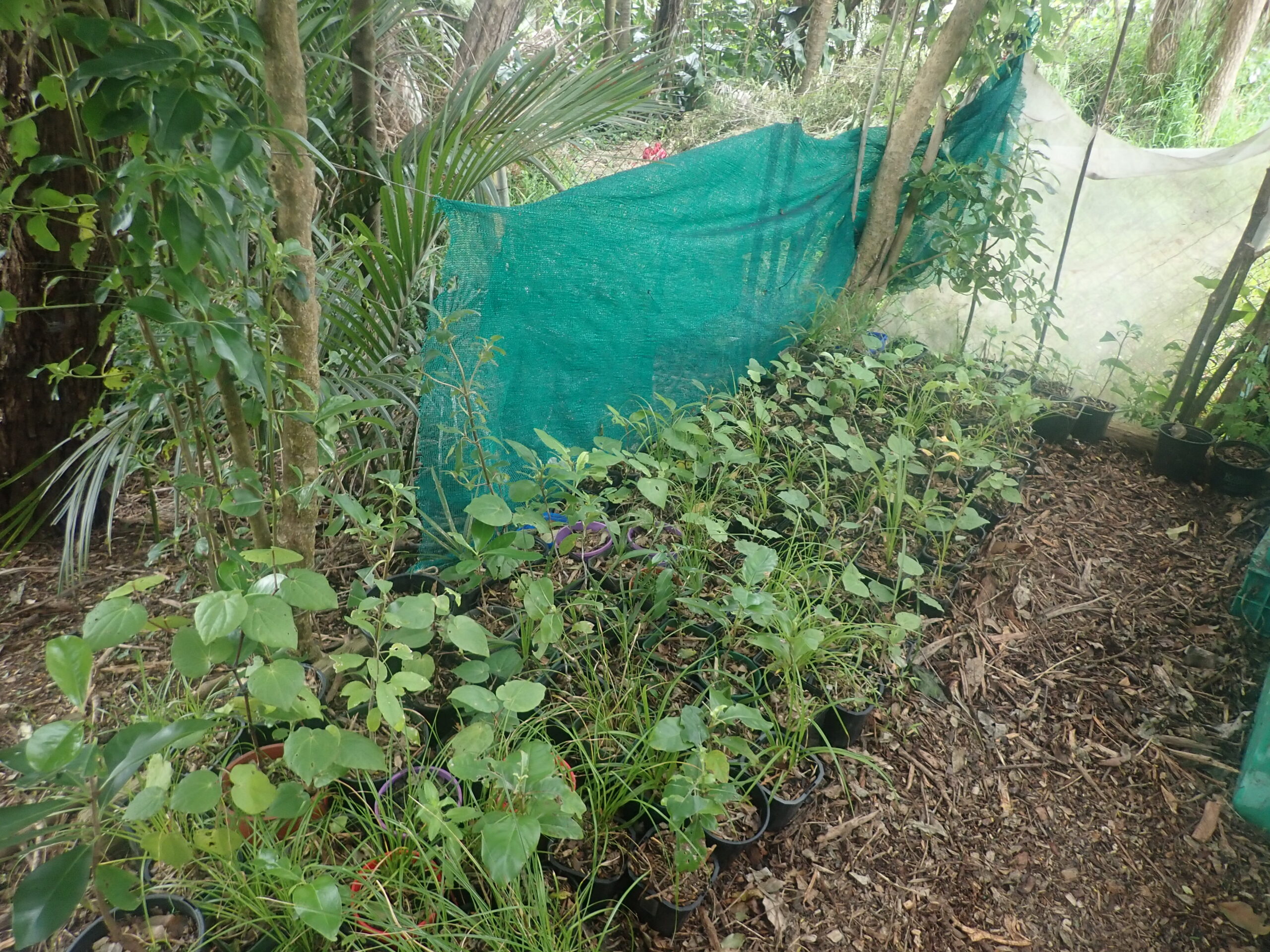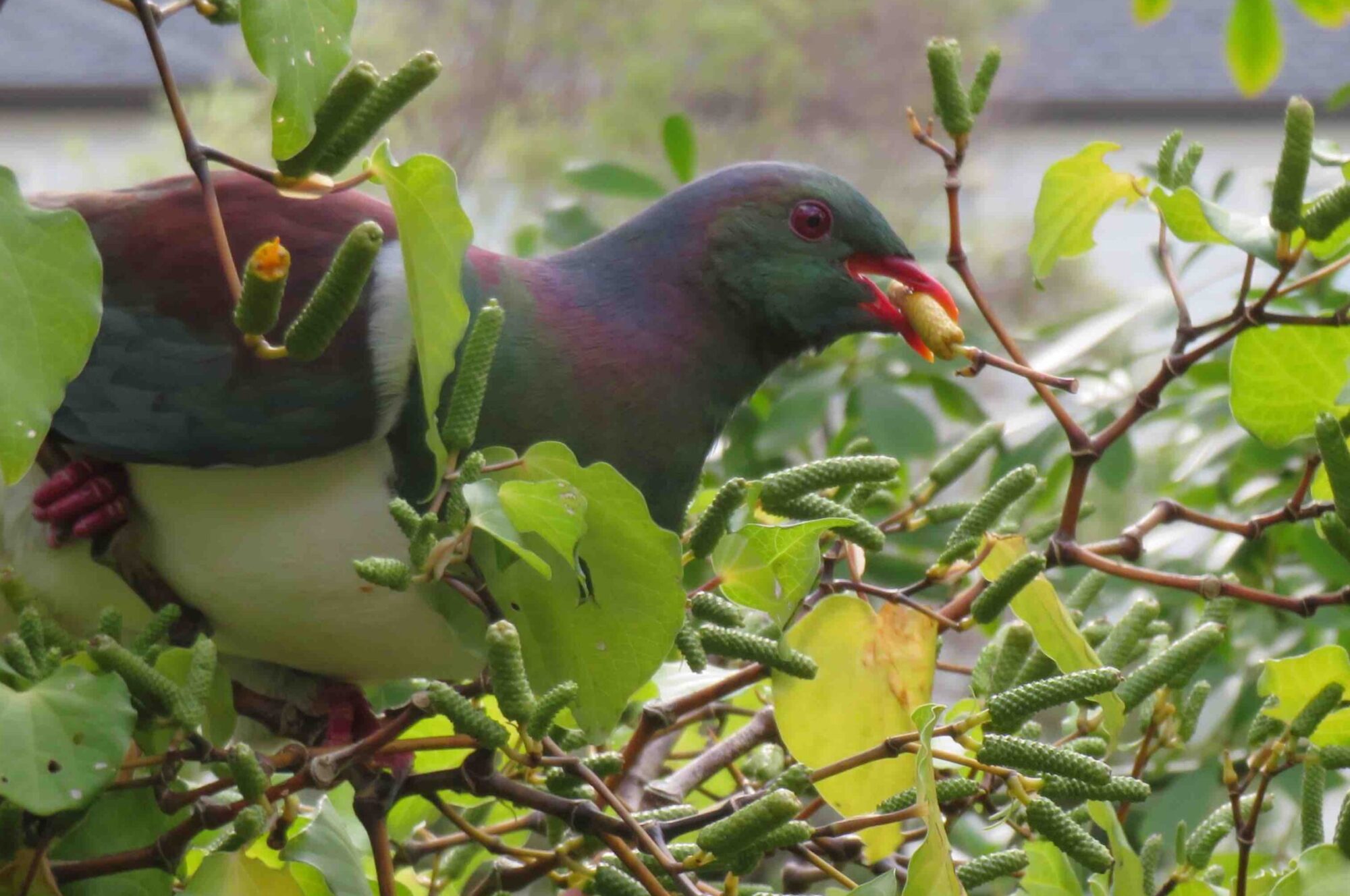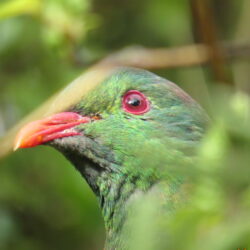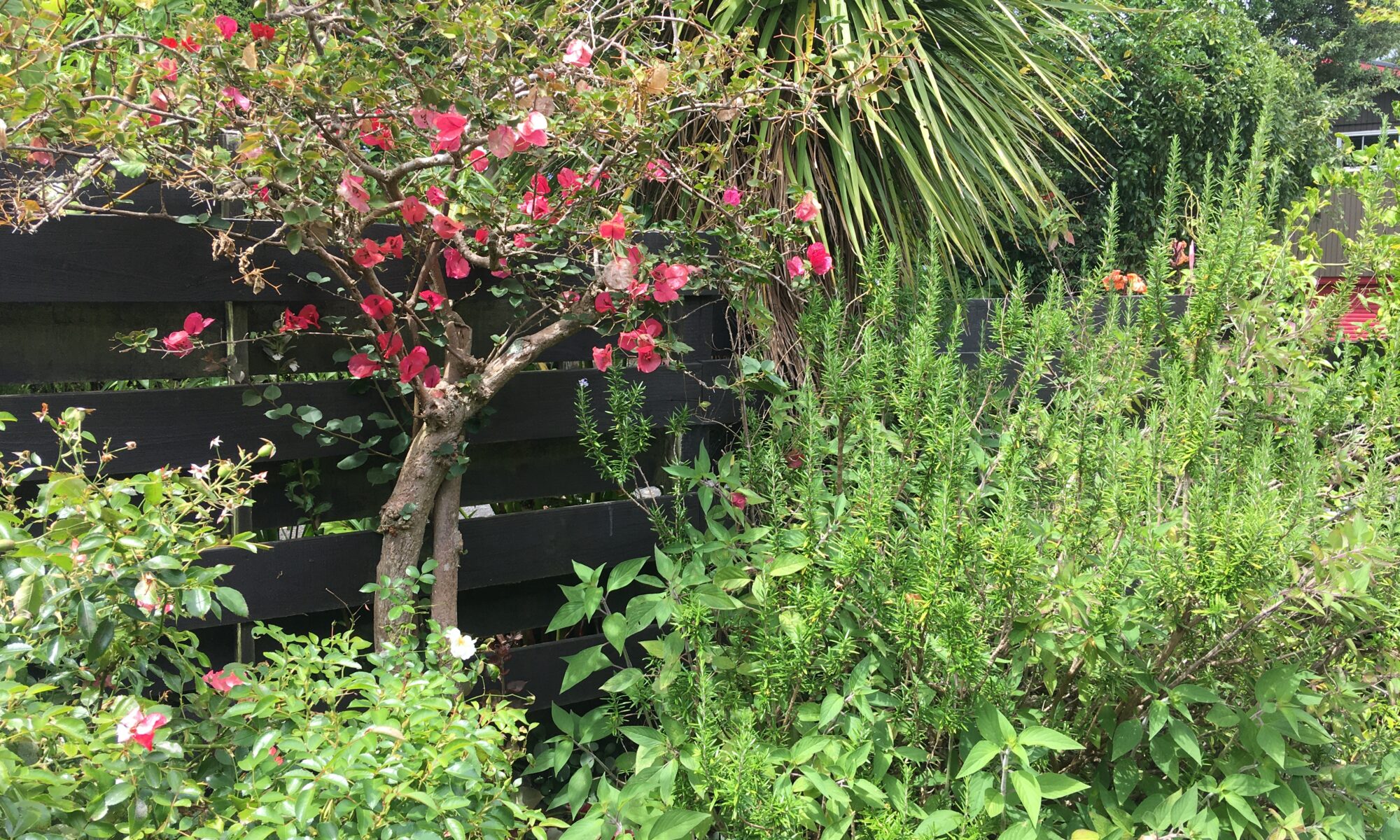On our first visit to your garden we learn your goals and your likes and dislikes among the species present. We advise you of problematic plants you may not be aware of (so you can choose whether to have them controlled or keep them).
As you show us round your garden we learn which plants are wanted and which are not. Many species invasive to New Zealand are cultivated in one situation, treated as a weed in another.
We point out likely future weed control issues for your consideration.
We assess soil conditions and shade, in order to protect desired vegetation from root disturbance and drying out, and to time the eradication of large weed invasions so the work is economical and effective.
How long will it take, and what will it cost?
We schedule your garden restoration to suit you.
Typical private garden restorations so far have involved 10-20 hours of work over several weeks, followed by weekly 2 hour sessions for about a month, then reducing to fortnightly or monthly sessions.
In most cases the first few months of our weed-control will result in a lower maintenance garden from that point on.
Our gradual approach preserves ground cover and soil moisture, allows time to discover wild native plants and seedlings hidden among weeds, and is economical, especially so if the goal is a dense self-maintaining mostly-native plant community.
The gentle approach to small tree removal

Getting rid of an unwanted tree or woody shrub is not an immediate process. Our prune-to-kill method starves it to death over a year or more. The tree is not attractive during that time, so we assess the replacement vegetation (existing and to come), and time the elimination of the weed tree to match it, so that other shrubs or trees have the conditions they need to thrive, and the weed tree gradually becomes a bare trunk or stump hidden amongst the new foliage.
No bare soil or mud
No digging is needed, as weed trees and shrubs gradually weaken until they can be easily uprooted. Mat-forming weeds including kikuyu are weakened to extinction by changing their direction of growth, forcing the plants to suppress themselves, mulching with any cut and pulled weeds handy, then waiting till the plants die or their roots weaken enough to be easily pulled up. This happens over days, weeks or months depending on the species and conditions, while other work proceeds around the remaining weed, often hiding it from view.
There is rarely any need to remove weed material or prunings from the site, as they are incorporated into the soil while serving as mulch. A smooth attractive surface can be maintained during this time by the addition of a woodchip mulch, which is often available from local arborists for the cost of delivery.
Free wild plants
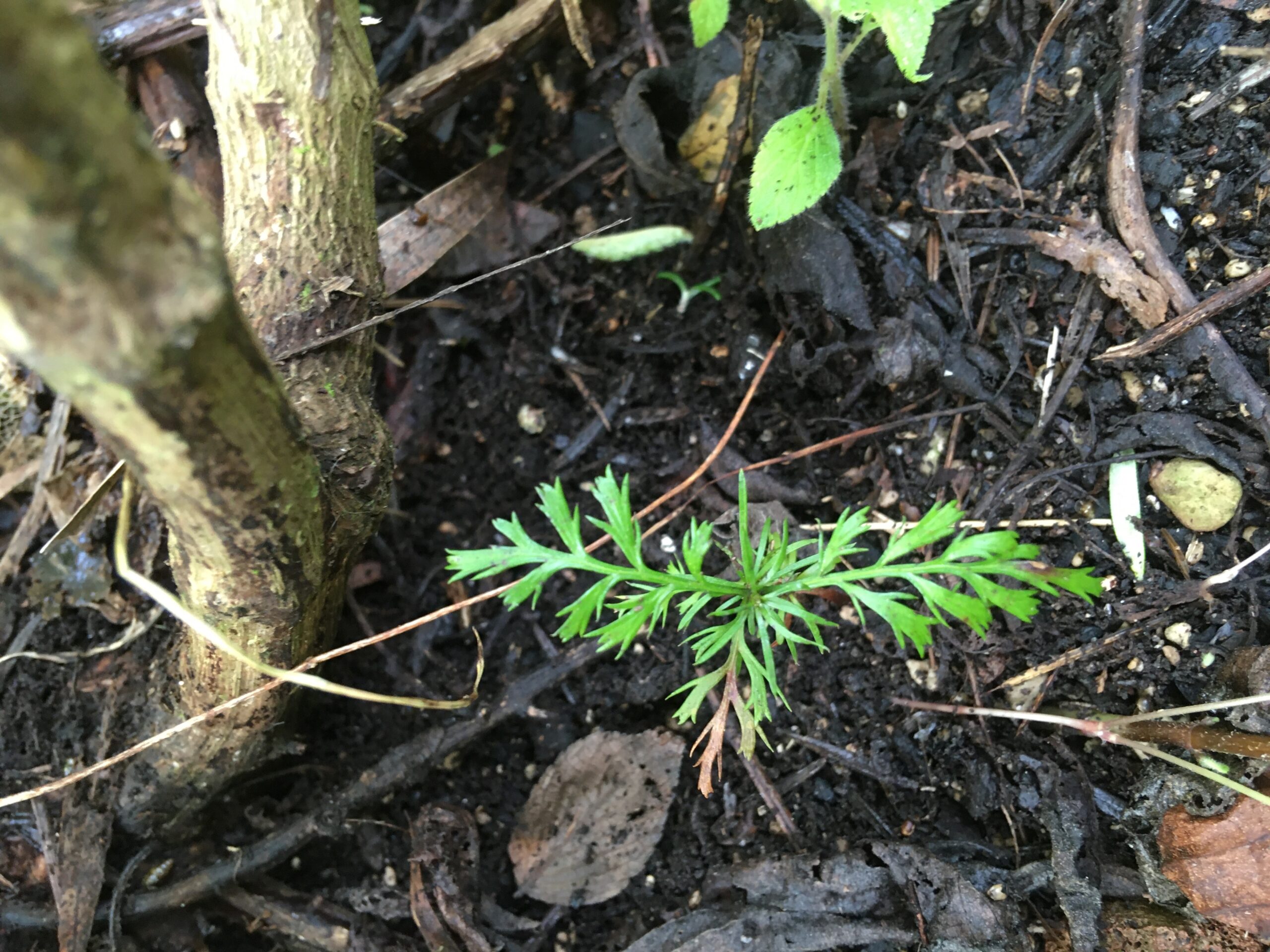
Where weeds have grown and decomposed for years, in the absence of herbicides, we find a rich, living soil that nourishes existing plants, supports new ones, and makes future weeding easy.
Locally-native plants arise spontaneously, as seedlings and fern sporelings, in the vicinity of native forest remnants. Many locally-wild native species are not easily propagated, so are not available from nurseries or garden centres.
The rate of wild native revegetation in soil enriched with the resulting free mulch and compost often means no plant purchases or planting are necessary.

Planting of locally ecosourced natives if needed
If there is a large bare area needing some larger plants to shade and shelter the wild revegetation, we can supply and plant quick-growing “pioneer” species from our small nursery of locally-wild trees shrubs and ground covers that we grow in a live potting mix of composted twigs, leaves and woodchips in recycled pots.
Earthworms are attracted to the cool, moist compost in the pot, and naturally multiply, feeding the roots of the plant.
